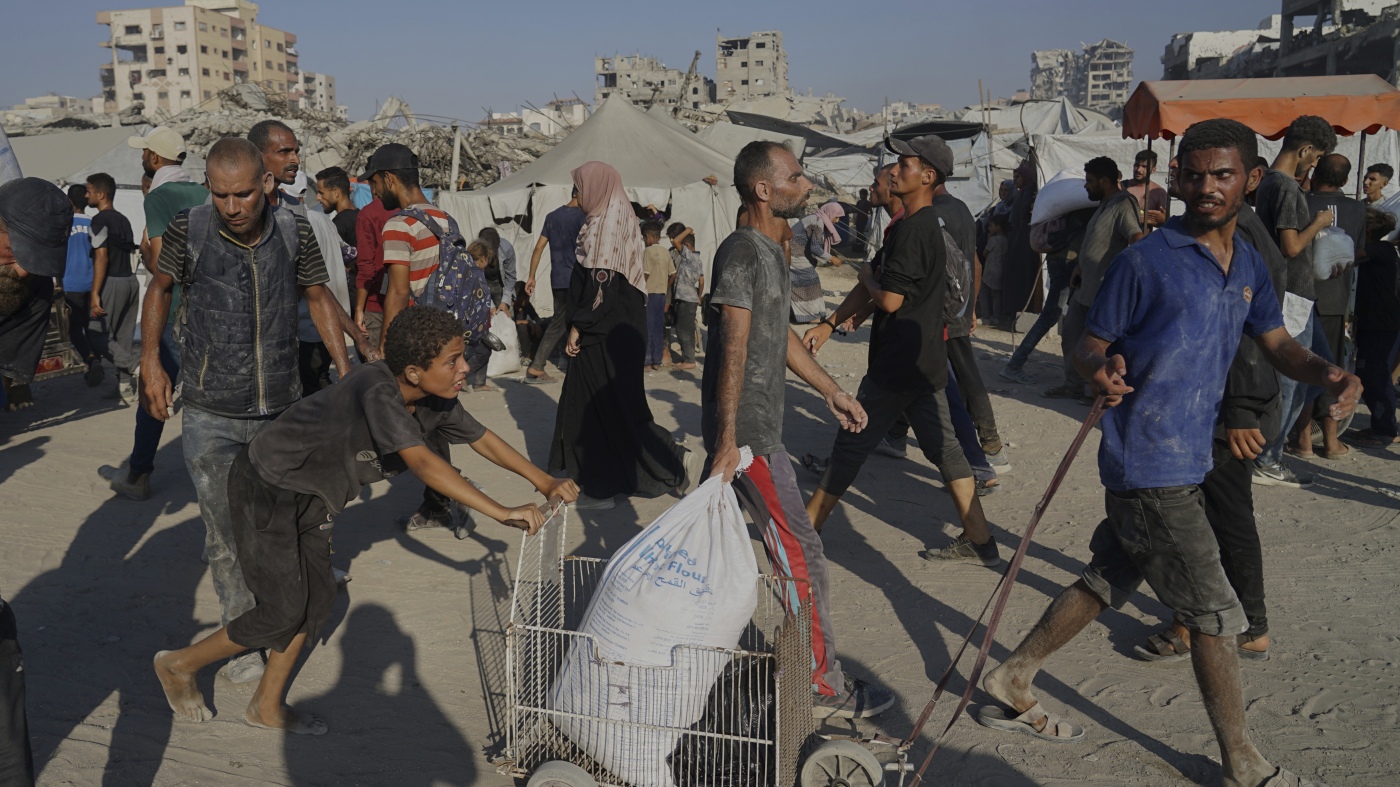The Complexities of Israel’s “Tactical Pause” in Gaza
Understanding the Context
The term “tactical pause” has entered the lexicon of the Israel-Gaza conflict, describing a temporary halt in military operations. This pause, however, is not a ceasefire but a strategic maneuver with specific objectives. To comprehend its implications, one must first understand the broader context of the conflict. Gaza, a densely populated territory, has been under blockade for over a decade, with recurring escalations of violence. The current phase of the conflict has exacerbated humanitarian conditions, with reports of severe food shortages, collapsed infrastructure, and a healthcare system on the brink of collapse.
The Nature of the Pause
The Israeli military’s “tactical pause” is characterized by its limited scope and duration. It applies to specific areas—Gaza City, Deir al-Balah, and Muwasi—and is scheduled for 10 hours each day. This pause is not a unilateral decision but a response to international pressure and a recognition of the dire humanitarian situation. The primary goal is to facilitate the delivery of aid, allowing humanitarian organizations to distribute food, water, and medical supplies. However, the term “tactical” suggests that this pause is not purely humanitarian but also serves military and strategic purposes.
Humanitarian Imperatives
The humanitarian crisis in Gaza is undeniable. The conflict has disrupted supply chains, damaged critical infrastructure, and limited access to essential resources. The United Nations has warned of a looming famine, with reports indicating that a significant portion of the population is facing acute malnutrition. The tactical pause aims to address these urgent needs by providing a window for aid delivery. However, the effectiveness of this aid hinges on several factors, including the volume of supplies, the efficiency of distribution, and the security situation on the ground.
International Pressure and Criticism
Israel’s decision to implement a tactical pause comes amidst growing international criticism of its conduct in the conflict. The scale of civilian casualties, the destruction of infrastructure, and the restrictions on humanitarian access have drawn condemnation from various international organizations and governments. The pause can be seen as a response to this pressure, an attempt to mitigate criticism and improve Israel’s international standing. However, skeptics argue that this is merely a public relations exercise, designed to deflect attention from the underlying issues of the conflict.
Tactical Implications
While the stated purpose of the pause is humanitarian, the term “tactical” implies a military dimension. This raises the possibility that the pause could serve strategic objectives for the Israeli military. For example, it could be used to gather intelligence, reposition troops, or prepare for future operations. It could also create a window for civilians to evacuate specific areas, thereby reducing the risk of civilian casualties during subsequent military actions. The potential for such tactical exploitation underscores the complexity of the situation and the need for careful monitoring.
The Perspective from Gaza
The response to the tactical pause from within Gaza is likely to be mixed. While the prospect of increased humanitarian aid and a temporary reprieve from fighting is undoubtedly welcome, there is also likely to be a degree of skepticism and mistrust. Many Gazans have experienced previous ceasefires and pauses in fighting that have been short-lived or ineffective. They may fear that this pause is merely a prelude to renewed hostilities or that the aid provided will be insufficient to address their needs. Building trust and ensuring the sustained delivery of humanitarian assistance will be crucial to gaining the confidence of the Gazan population.
Challenges and Uncertainties
The success of the tactical pause in achieving its humanitarian objectives is far from guaranteed. Several challenges and uncertainties could hinder its effectiveness. Security concerns remain a significant obstacle. Even during the pause, the security situation on the ground is precarious. The risk of renewed fighting, rocket fire, or other security incidents could disrupt the delivery of aid and endanger civilians. Logistical constraints, such as damaged infrastructure and logistical bottlenecks, could impede the efficient distribution of aid. Effective coordination between the Israeli military, humanitarian organizations, and local authorities is essential. Miscommunication or conflicting priorities could undermine the effectiveness of the pause. Additionally, the limited scope and duration of the pause raise questions about its overall impact. Addressing the widespread humanitarian crisis in Gaza will require a more comprehensive and sustained effort.
A Fragile Hope
The tactical pause represents a fragile hope amidst the ongoing conflict in Gaza. While the stated intention to address the surging hunger and humanitarian crisis is laudable, the effectiveness of this measure will depend on several factors. These include the sustained commitment to the pause, the efficient delivery of humanitarian aid, and the building of trust with the Gazan population. This tactical pause should be viewed not as an end in itself but as a potential stepping stone towards a more lasting resolution of the conflict. It highlights the urgent need for a comprehensive ceasefire, a lifting of the blockade, and a sustained effort to rebuild Gaza and address the underlying causes of the conflict. Only then can the people of Gaza hope to live in peace, security, and dignity.
Beyond the Pause: A Call for Lasting Change
The “tactical pause” serves as a stark reminder of the devastating human cost of the Israeli-Palestinian conflict. It underscores the urgent need for a comprehensive and lasting solution that addresses the root causes of the conflict and ensures the rights and security of both Israelis and Palestinians. A true and lasting peace requires more than just temporary pauses; it demands a fundamental shift in perspective, a commitment to dialogue, and a willingness to compromise. Only then can the cycle of violence be broken and a future of hope and prosperity be built for all. The tactical pause, while a necessary and welcome step, is merely a prelude to the broader efforts needed to achieve a lasting peace. It is a reminder that the path to peace is long and arduous, but it is a journey that must be undertaken with determination and resolve.

